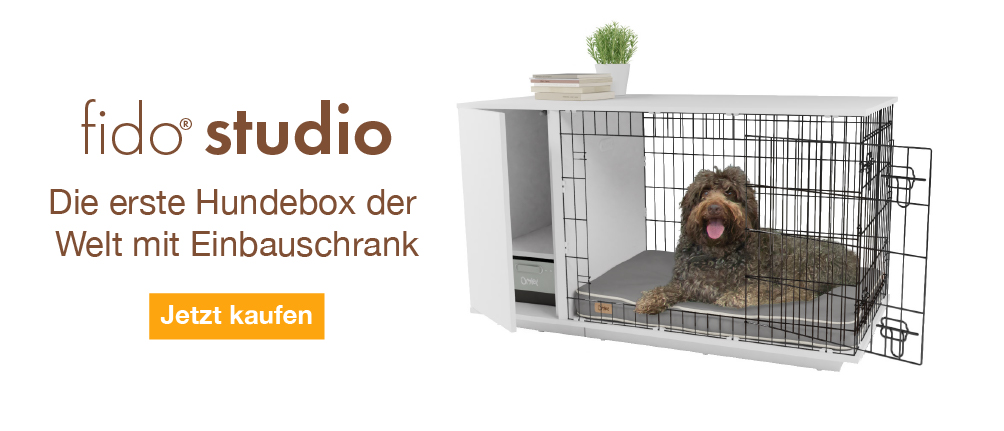Foxterrier (Glatthaar)










Geschichte
The exact origin of the Smooth Fox Terrier is uncertain, but it dates back to the 1800's. They were mainly white dogs that could be seen in fading light to hunt and dispatch quarry on farms. They were probably crossed with Black and Tan Terriers, Greyhound and Bull Terriers to produce the breed we know today. They were excellent fox and rat catchers. Smooth Fox Terriers soon entered the show ring and it's popularity soared. The Wire Coated and Smooth Coated were classed as the same breed until 1985. The Smooth Fox Terrier was the first breed recognised by the English Kennel club in 1875.
Verhalten
SFTs are energetic and plucky little dogs who love to be around people. They bond quickly with their owners and like to be close to you and follow you around. Cuddling up on the sofa is their favourite pastime and it's best to not even try to stop them sleeping on your bed. They are affectionate and devoted to their family and like playing with respectful children. They can be a little reserved with strangers at first, but soon accept them in to your home. They are bold but not aggressive towards people. They have a tendency to chase cats, so should be raised with them to prevent problems at home. Smooth Fox Terriers are clever, mischievous and will try to get one over on you. They learn quickly, but will often not do as they are told, just because they like to play. Training takes time, patience and a sense of humour, but they can learn and are very obedient when trained. They need firm, consistent training to get the best out of them. They like to be around you and hate being ignored, so games and positive reinforcement works well to train them. Their high energy levels make them ideal for Flyball and agility which has the added benefit of keeping them mentally as well as physically stimulated. SFTs are active and need plenty of walks. They make good hiking partners if you can control their urge to dash off down the nearest rabbit hole (good luck with that, best kept on a lead). Walking in a safe area is advised, but this breed has a tendency to be dog aggressive and will not usually back down. Proper socialisation at a young age (and older) will help. They like to explore their surroundings and get into trouble, so need a close eye kept on them at all times. Their small bodies allow them access to rabbit and fox holes, so owners need to be aware of this; they will find them.
Their coats moult quite a bit, so regular brushing prevents fur all over your home. Brushing every couple of days keeps it in good condition. They are healthy dogs and rarely suffer from problems, however lens luxation, cataracts and deafness are sometimes seen.
Charakter
The Fox Terrier (Smooth) has an intense and inquisitive temperament. They absolutely must explore every new place they visit often seen checking every corner of the room for something to hunt. These bundles of energy and lean muscle are always up for a game and never back down from a challenge. Early socialisation is important especially with other dogs.
Gesundheitliche Probleme
Health problems that may affect Fox Terriers (Smooth) include Legg Calvé Perthes disease (degeneration of the femoral head which can lead to lameness and joint swelling), canine hip dysplasia (CHD), patellar luxation (dislocation of the knee cap), heart disease, eye disease and blood clotting disease.
Einzelheiten zur Rasse
- Status: Common
- Lebenserwartung: 12 - 15 years
- Produktgewicht: 6.8 - 8.6 kg
- Höhe: Up to 15.5"
- Selten: Nein
- Fell: Klein
- Pflegeanforderungen: Einmal pro Woche
- Stadt oder Land: Beides
- Mindestanforderungen an Umgebung: Kleines Haus
- Mindestanforderungen an Garten: Kleiner bis mittelgroßer Garten
- Rassetyp: Hund zur Schädlingsbekämpfung
- Version: Größe M
- Energieniveau: Hoch
- Benötigte Bewegung: Bis zu einer Stunde














